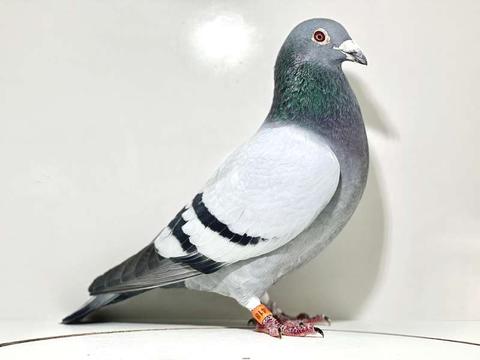
W O R L D W A R O N E


W O R L D W A R O N E

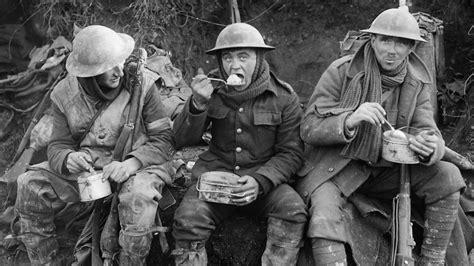


World war one (WW1) advertised as the ‘War to End All Wars’. We did not know what this war would come to be. There were, however, amazing things that came from WW1. Our ANZACs fought for us and gave us their lives for peace. We learned new things about how we can lessen effects of warfare, what allies will allow us to stay safe, and how we can use animals to aid us in battle. No one wins in war, but we can learn amazing things from it. This is proven as we have progressed as society.

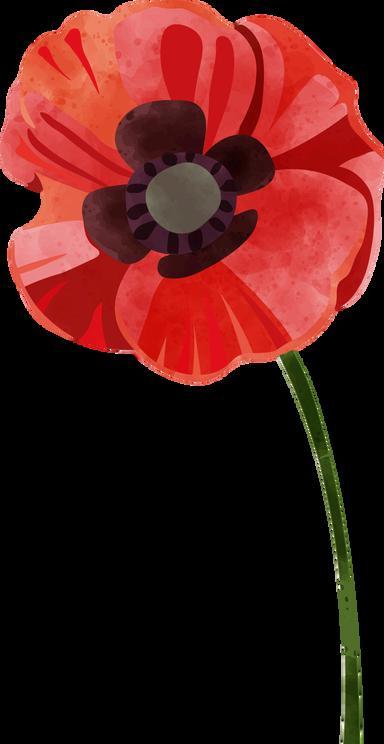


Militarismiswhenmilitaryofficers playtheroleorgaincontrol/influence overcivilgovernments.Duringthe yearsleadinguptowar,european nationsengagedinthebelifsystem thatmiitarycontrolandfundswere moreimportantthatsettlingconflict withinthenation
Imperialismiswhenastronger countrytakesoverasmalleror weakercountrytoitsown,generally protectingtouseforitsowngain. thissisgenerallyachievedwithfear.
Analliancereferstothecomplex political/militarysystemofan agreementthatcorrelatestothe contributionoftheescalationof conflict(inthisecase,war).thetwo mailalliancesinthecontextofWW1 wastheTripleEntenteandthe TripleAlliance
lNationalismplayedasignificantly argeroleintheleaduptowar,as dcountriessoughttoassert ominanceandpowerover others.Nationalismfuelled conflictbetweennations,and alliancesweremadeinregardsto thewarfarethatspreadacross continents.
From 1914 to 1918, white Australian men were encouraged and pressured to enlist to fight in the war. Over time, the requirements to enlist became wider, as they needed anyone who could fight. Even women were pressuring men to join, placing white chicken feathers in their jacket pockets to shame them into enlisting. ‘416,809 Australians enlisted for service in the First World War, representing 38.7% of the male population aged 18 to 44.2’ (AWM: enlistment statistics, first world war).

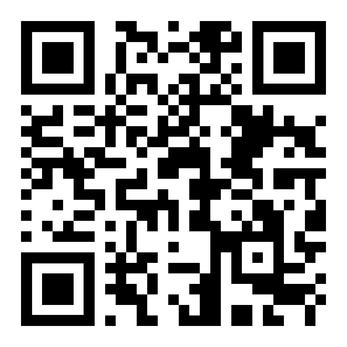

were extremely popular in warfare during WWI. This was because they were easier to train and proved to be less likely to rebel against orders or groups of people. They also had their own strengths. Some could dodge bombshells, and other could withstand heavy loads and carry them through extreme conditions. They were also useful to bring light to soldiers’ situations and served as companions. Many animals were adopted as mascots after the war.

were a popular choice when it came to carrying equipment across the battlefield and could also be used as walking ambulances. They were favourable for their endurance to heat, lack of available water, food, and heavy lifting. They were originally imported to Australia in the 1860s to help with exploring the extreme conditions of the Australian outback. They were also used to transport both people and equipment during the middle east campaigns. They were very commonly seen being ‘walking ambulances’, with “stretcher-like Cacolets attached to their saddles,” (department of veteran’s affairs “animals in the military during world war I”). The Imperial Camel Corps Brigade (or ICCB) was formed in Egypt in 1916, which was used to look after camels and train them to endure the conditions of war.
Dromedary camels were known to: -carry up to 145kg -survive without water for up to 6 days -travel over 40km each day -eat almost any green vegetation they can find
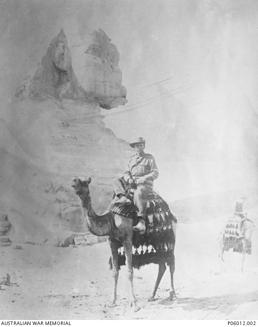
were extremely useful during world war I. They had many responsibilities and saved many lives. They were known as companion animals, and were extremely friendly towards soldiers, and were adopted as mascots and/or pets after the war. They helped guard areas and were used as messengers when telephone links or wireless communications failed. “a message was secured in a canister attached to the dog’s collar. The dogs were trained to operate in the noise and chaos in battle, and they could move quickly around shell holes and through trenches.” (department of veteran’s affairs “animals in the military during world war I”).
Dogs were a crucial part of warfare during WWI.
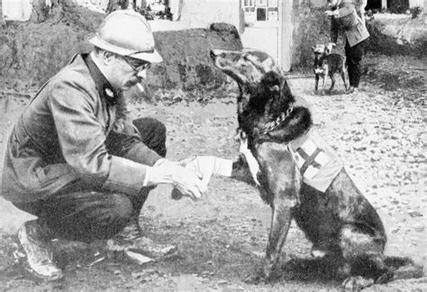
and sometimes mules, were quite common during the battles of WWI. They were much smaller than horses, and better suited for hot, rugged environments. They are experts at travelling quickly, even if they are weighed down with heavy loads. This was proven when they were first brought to Gallipoli to assist with transport. They hauled ammunition, supplies, and water from Anzac Cove, up hills, and into battle and, like the camels, they were also used as walking ambulances. A notable example of this is Simpson (aka P. John ‘Jack’ Simpson) and his donkey. He worked with donkeys until he was killed in action (kia) on the 19th of May 1915. Donkeys were a valuable part of the progress of WW1.
were a critical part of battle during WW1. They were much larger than mules or donkeys, therefore they were also tougher. The species that were best suited for the conditions were Waler horses. they were better suited for a fast walk to medium canter, rather than an unsettling trot. This meant they were better suited for heavy-pack duties. They were tolerant to stress due to lack of food, water, which they could survive up to 3 days without, and/or sleep, though were regularly fed “from a nosebag, a canvas bag filled with feed, and tied over its head” (Department of Veteran’s affairs “animals in the military during world war I”). they were also extremely well-accustomed to the desert-like conditions of Sinai camp. They were incredibly useful in transporting troops to battle at a fast pace. They were also used to: used to: -deliver mail -pull heavy equipment/ambulance wagons -carry wounded out of battle
Many animals used on the front lines of war were severely traumatised, especially those who were exposed to the conditions daily. From August 1914 to December 1915, 1850000 horses and mules were admitted into veterinary hospitals, and out of this number, eighty per cent of these animals were returned ‘fit for duty’. Whether this means they were unaffected by the war is unknown. ‘It is estimated that 484143 British horses, mules, camels, and bullock died between 1914 and 1918’ (RSPCA: Animals in World War One). Many workers that trained and specialised in the care of these animals were also lost trying to find and save these animals.
was awarded the Dickin Medal for gallantry. This was a result of a flight on the 12th of July 1945. The flight path was through a severe tropical storm near Madang, New Guinea. It was eventually located with help of the Detachment 55 port craft company, Madang. It had carried a message from a foundering boat all the way to Madang, after flying about 40 miles (or 64km) in under 50 minutes. The message it carried read: "To: Detachment 55 Australian Port craft Company, MADANG. from: A.B. 1402. Date: 12.7.45. Engine Failed. Wash on to beach at WADU owing very heavy seas. Send help immediately. Am rapidly filling with sand. /TOO: 0800 -Senders signature- HOLLAND Cpl./ TO Liberation 0805 -No. of copies 2./TOR at Loft - 085". valuable stores, equipment and ammunition was saved as a result of this successful delivery. 'The bird had previously completed 23 operational flights over a total distance of 1004 miles.' (Australian War Memorial: pigeons in war). In February 1947, the Pigeon was awarded the Dickin Medal with the citation reading: during a heavy tropical storm, this bird was released from army boat 1402 which had foundered on Wadou Beach in the Huon Gulf. Himming (sic) 40 miles to Madang it brought a message which enabled a rescue ship to be sent in time to salvage the craft and its valuable cargo of stores and ammunition.

https://earth.google.com/earth/d/1PWrqO7S8X
“AnimalsinWW1|Rspca.org.uk.”Www.rspca.org.uk, www.rspca.org.uk/whatwedo/whoweare/history/firstworldwar/animals .Accessed28May2024.DepartmentofVeterans'Affairs. “AnimalsintheMilitaryduringWorldWarI|AnzacPortal.” Dva.gov.au,2020,anzacportal.dva.gov.au/wars-andmissions/ww1/military-organisation/animals-in-military.---.
“GallipoliCampaign1915|AnzacPortal.”Anzacportal.dva.gov.au,12 May2021,anzacportal.dva.gov.au/wars-and-missions/ww1/whereaustralians-served/gallipoli.LibraryofCongress.“Timeline(19141921).”TheLibraryofCongress,2015,www.loc.gov/collections/starsand-stripes/articles-and-essays/a-world-at-war/timeline-1914-1921/ .“PigeonsinWar|theAustralianWarMemorial.”Www.awm.gov.au,14 Nov.2019,www.awm.gov.au/articles/encyclopedia/Pigeons-in-war.
Accessed30May24AD.
“TheHeroicWWIHomingPigeonsThatSavedCountlessLives.” HISTORY,9May2024,www.history.com/news/heroic-world-war-ihoming-pigeons-cher-ami.Accessed30May2024.
AustralianWarMemorial.“EnlistmentStatistics,FirstWorldWar|theAustralian WarMemorial.”Awm.gov.au,AustralianWarMemorial,2013, www.awm.gov.au/articles/encyclopedia/enlistment/ww1.Accessed4June2024.
Genge.“TimelineofAustraliansandtheGallipoliCampaign.”AnzacPortal,2015, anzacportal.dva.gov.au/wars-and-missions/ww1/where-australiansserved/gallipoli/timeline#1.Accessed7June2024.
